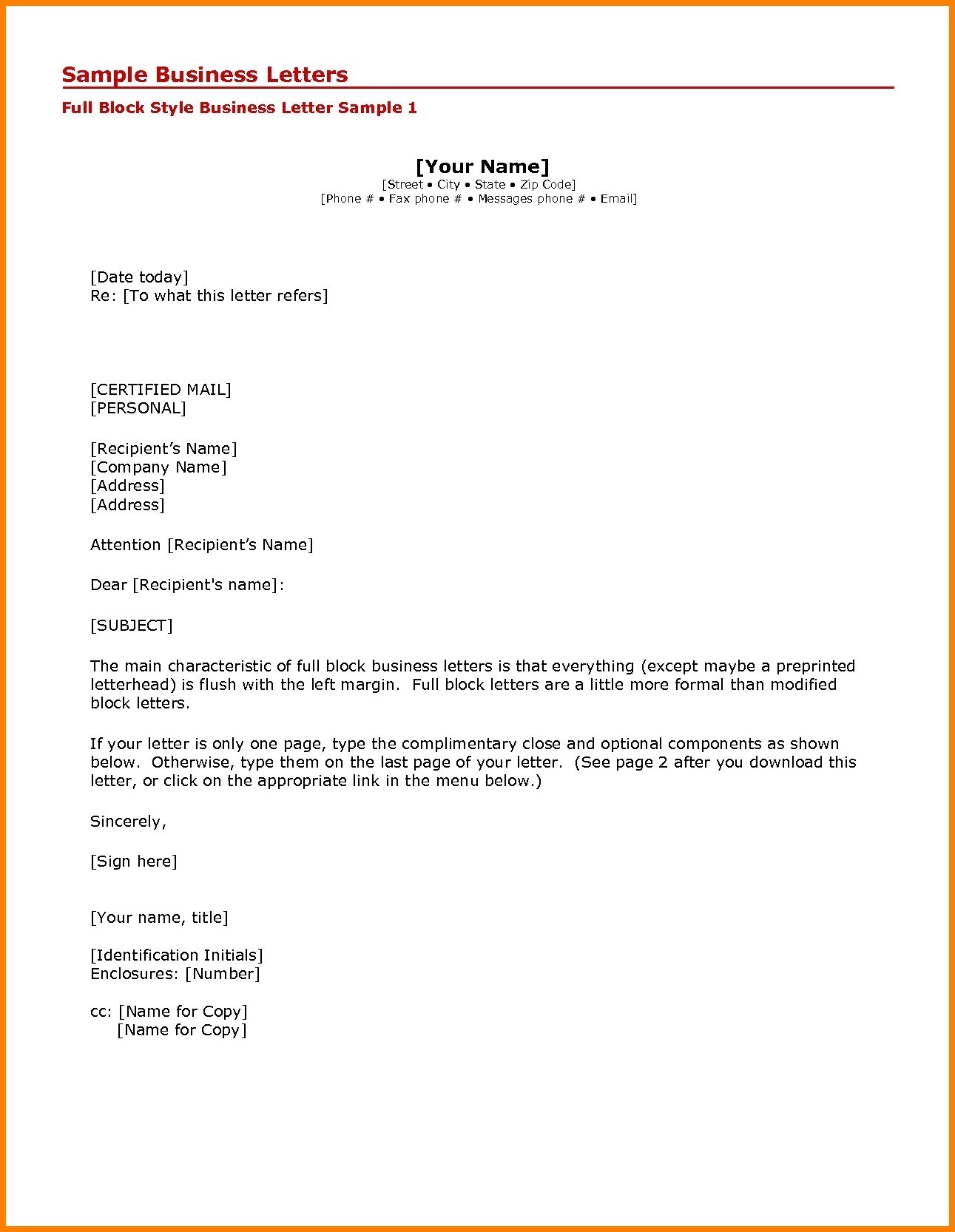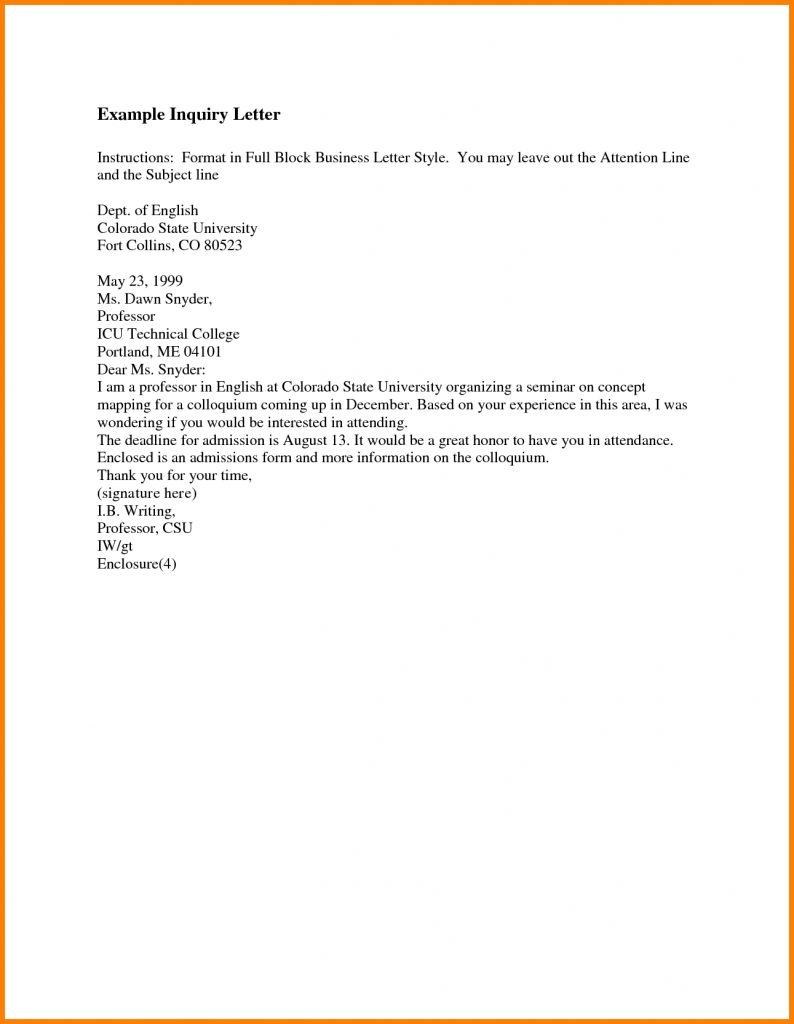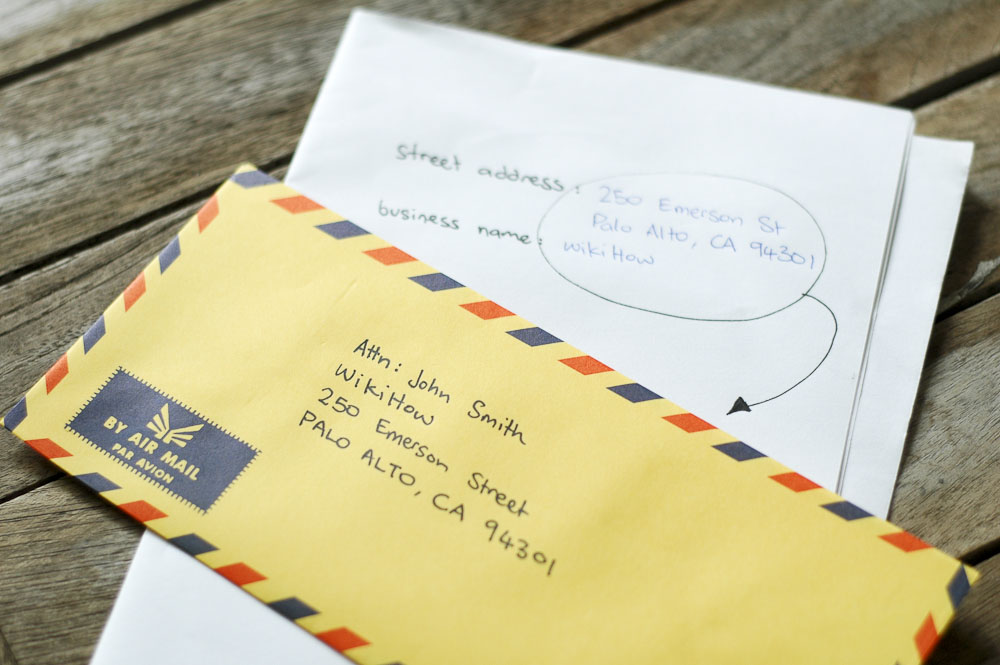How To Address Letter With ATTN: A Comprehensive Guide For Effective Communication
Writing a letter may seem old-school, but it's still one of the most professional ways to communicate. Whether you're sending an official document or a personal message, knowing how to address letter with ATTN can make all the difference. In today's digital world, mastering this skill is crucial for ensuring your message gets to the right person without delay. So, buckle up because we’re about to break down everything you need to know about addressing letters with ATTN like a pro!
If you’ve ever stared at an envelope wondering where exactly "ATTN" goes or how it affects delivery, don’t worry—you’re not alone. Addressing a letter correctly might seem straightforward, but there are nuances that can impact how your message is received. From business correspondence to formal invitations, getting it right matters. This guide will walk you through every step so you never have to second-guess yourself again.
Whether you're sending a letter to a CEO, a hiring manager, or even a friend, using "ATTN" properly ensures your communication stands out. We’ll cover everything from formatting tips to common mistakes people make when addressing letters. By the end of this article, you’ll feel confident enough to tackle any letter-writing challenge that comes your way. Let’s dive in!
Read also:Helen Reddy The Iconic Star And The Life She Shared With Her Family
Table of Contents:
- Understanding ATTN: What Does It Mean?
- Formatting Your Letter with ATTN
- Common Mistakes to Avoid
- Writing Business Letters with ATTN
- Using ATTN in Personal Letters
- How ATTN Works in the Digital Age
- Addressing Legal Documents with ATTN
- Sample Letters with ATTN
- Tips and Tricks for Perfect Addressing
- Conclusion: Mastering How to Address Letter with ATTN
Understanding ATTN: What Does It Mean?
Let’s start with the basics. "ATN" is short for "Attention," and it’s used to specify who should receive the letter within an organization or household. Think of it as a direct line to the person you want to reach. When you include ATTN on your envelope or letter, you're telling the recipient exactly whose attention the contents require.
In the world of communication, attention is everything. If you send a package to a large company without specifying the intended recipient, it could get lost in the shuffle. That's where ATTN comes in handy—it acts as a road sign pointing your message to the right person.
Here’s the deal: ATTN isn’t just for snail mail anymore. You can use it in emails, faxes, and even social media messages. The goal is always the same—ensure your message gets to the right person as quickly as possible.
Formatting Your Letter with ATTN
Formatting is key when it comes to using ATTN effectively. Here’s how to do it right:
Where Does ATTN Go?
ATTN typically appears above the mailing address on the envelope or at the top of the letter itself. Here's an example:
Read also:Kris Kristofferson A Legendary Life Remembered
Example:
- ATTN: John Doe
- 123 Main Street
- Anytown, USA 12345
See how simple that is? Just place "ATTN" followed by the name of the person or department you’re targeting. Easy peasy!
How to Format Inside the Letter
When including ATTN inside the letter, it’s usually placed below the date and above the recipient’s address. Here’s what it looks like:
Example:
- January 1, 2023
- ATTN: Sarah Smith
- XYZ Corporation
- 456 Elm Street
- Bigcity, USA 67890
This format ensures clarity and professionalism. Remember, first impressions matter, especially in written communication.
Common Mistakes to Avoid
Even the best writers make mistakes sometimes. Here are a few pitfalls to watch out for when using ATTN:
- Forgetting ATTN altogether: If you skip this step, your letter might end up in the wrong hands.
- Using incorrect names: Double-check the spelling of the recipient's name to avoid embarrassing errors.
- Overusing ATTN: While it’s helpful, you don’t need to include it everywhere. Stick to the envelope or the top of the letter.
- Not updating contact info: Make sure the address and recipient details are current before sending.
By avoiding these common blunders, you’ll ensure your letter reaches its intended audience without a hitch.
Writing Business Letters with ATTN
Business letters often require more precision than personal ones. When addressing a letter to a company, using ATTN becomes even more critical. Here’s why:
Why Use ATTN in Business Letters?
Businesses receive tons of correspondence daily. Without a clear indication of who should handle your letter, it could get buried under piles of other documents. ATTN helps prioritize your message and ensures it lands on the right desk.
For instance, if you’re sending a proposal to a marketing department, you’d write:
Example:
- ATTN: Marketing Department
- ABC Enterprises
- 789 Oak Avenue
- Megacity, USA 23456
Tips for Business Letters
Here are some tips to make your business letters stand out:
- Be specific with your ATTN line—use a person’s name whenever possible.
- Keep the tone professional and concise.
- Proofread carefully to eliminate typos or grammatical errors.
Following these guidelines will help you craft business letters that get noticed and acted upon.
Using ATTN in Personal Letters
While ATTN is most commonly associated with business communication, it can also be useful in personal letters. Imagine sending a birthday card to someone who shares a household with others. Including ATTN ensures the card finds its way to the right person.
Example of Personal ATTN
Example:
- ATTN: Emily Johnson
- 321 Pine Road
- Smalltown, USA 34567
See how easy that is? Even in personal contexts, ATTN adds a touch of professionalism and clarity.
How ATTN Works in the Digital Age
In today’s tech-driven world, letters aren’t limited to paper. Emails, text messages, and social media platforms all offer opportunities to use ATTN effectively. Here’s how:
Using ATTN in Emails
In emails, you can include ATTN in the subject line or at the beginning of the body text. For example:
Subject Line Example:
- ATTN: Urgent Request for Information
Body Text Example:
- ATTN: Mr. James Brown,
- Please find attached the requested documents...
Tips for Digital Communication
When using ATTN digitally, keep these tips in mind:
- Be clear and concise in your subject line.
- Use ATTN sparingly to avoid overwhelming the recipient.
- Double-check the recipient’s email address for accuracy.
By adapting ATTN to digital formats, you can maintain professionalism across all forms of communication.
Addressing Legal Documents with ATTN
Legal documents require extra care and precision when it comes to addressing. Whether you’re sending a contract or a court filing, using ATTN correctly is essential. Here’s how to do it:
Steps for Addressing Legal Documents
Example:
- ATTN: Attorney General
- State Department of Justice
- 987 Maple Lane
- Capitol City, USA 56789
Always verify the recipient’s title and department to ensure your document reaches the right person. Legal matters demand accuracy, so take the time to get it right.
Sample Letters with ATTN
Here are a couple of sample letters to give you a better idea of how ATTN works in practice:
Sample Business Letter
Example:
- January 5, 2023
- ATTN: HR Manager
- XYZ Corporation
- 456 Elm Street
- Bigcity, USA 67890
Dear HR Manager,
I am writing to express my interest in the position advertised on your careers page...
Sample Personal Letter
Example:
- ATTN: Grandma Sue
- 789 Birch Avenue
- Suburbville, USA 89012
Dear Grandma,
I hope this letter finds you well. I just wanted to say thank you for...
Tips and Tricks for Perfect Addressing
Here are a few final tips to help you master how to address letter with ATTN:
- Keep it simple: Avoid overcomplicating your ATTN line. Stick to the essentials.
- Proofread carefully: Typos can derail even the best-written letters.
- Be consistent: Use ATTN consistently across all your correspondence for uniformity.
- Stay updated: Regularly update your contacts list to ensure accuracy.
By following these tips, you’ll become a pro at addressing letters with ATTN in no time.
Conclusion: Mastering How to Address Letter with ATTN
Knowing how to address letter with ATTN is a valuable skill that can enhance your communication efforts. Whether you’re sending a business proposal, a personal note, or a legal document, using ATTN correctly ensures your message gets to the right person efficiently.
Remember, the key to effective addressing is clarity and precision. By incorporating ATTN into your letters, you demonstrate attention to detail and respect for the recipient’s time.
So, what are you waiting for? Start practicing your ATTN skills today and watch your communication game improve dramatically. Don’t forget to share this article with friends or leave a comment below if you found it helpful. Happy writing!
Article Recommendations


